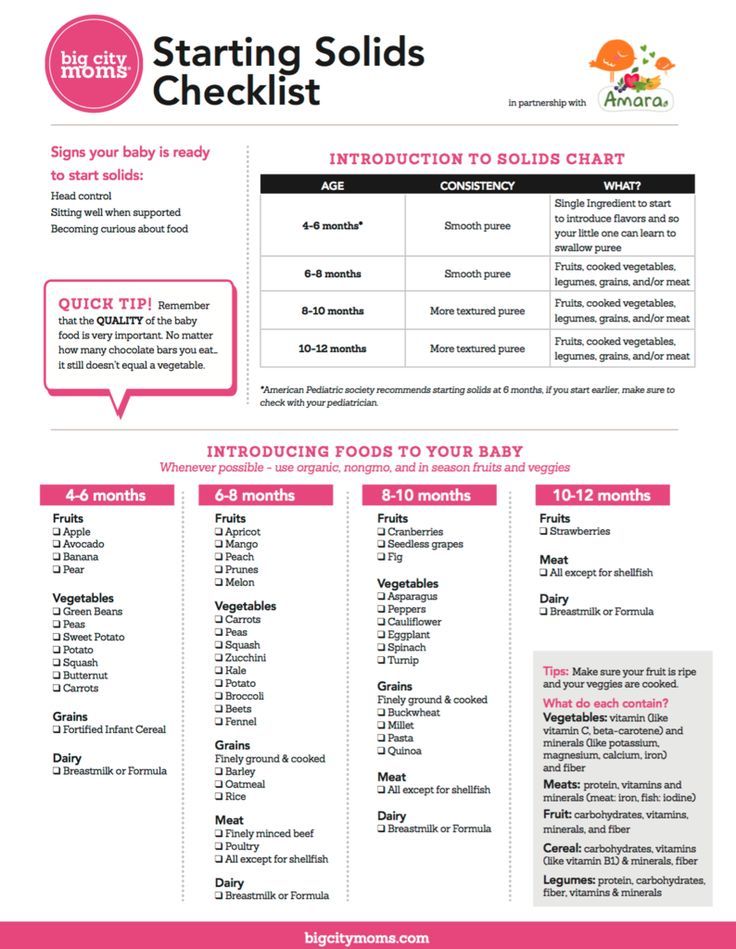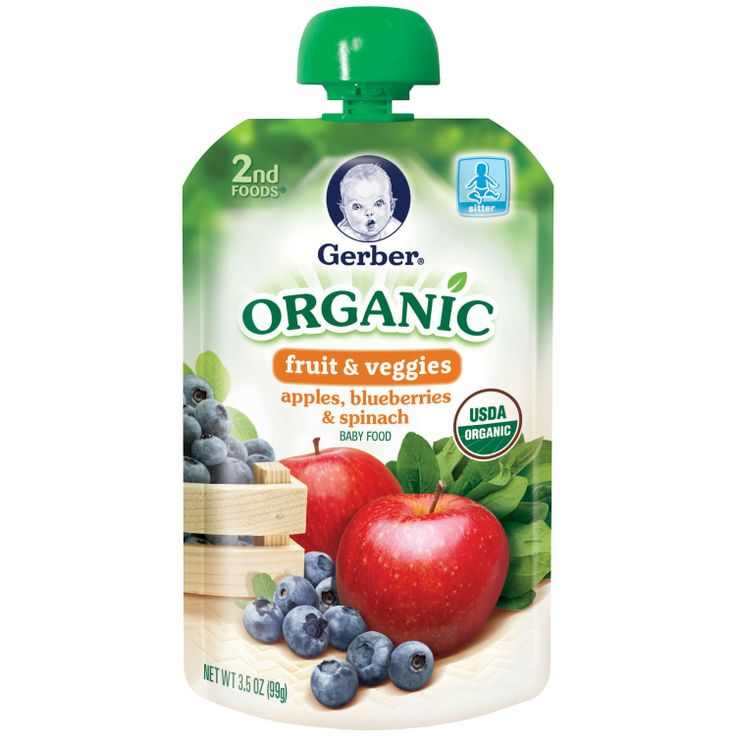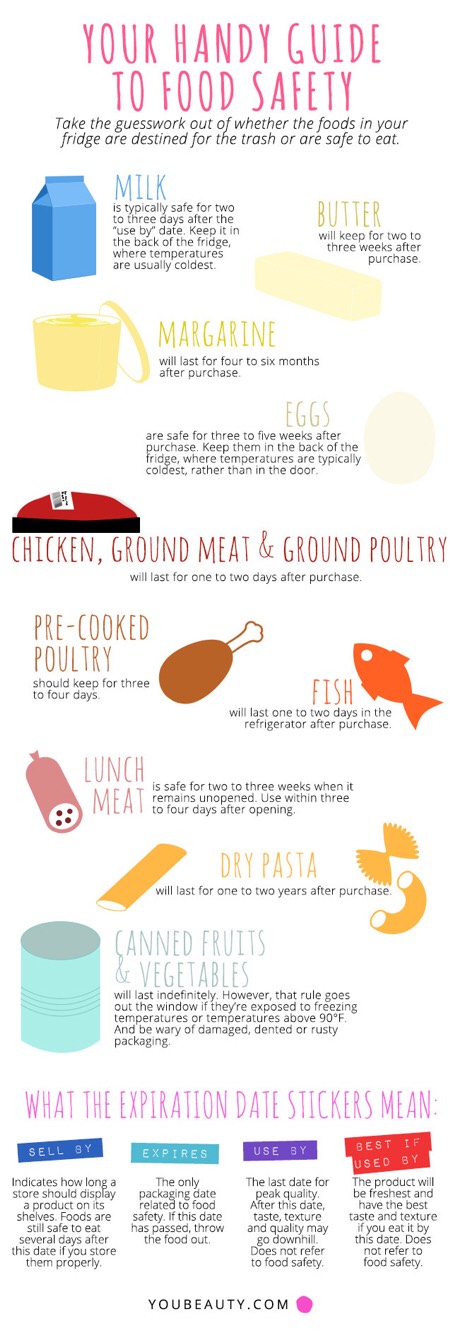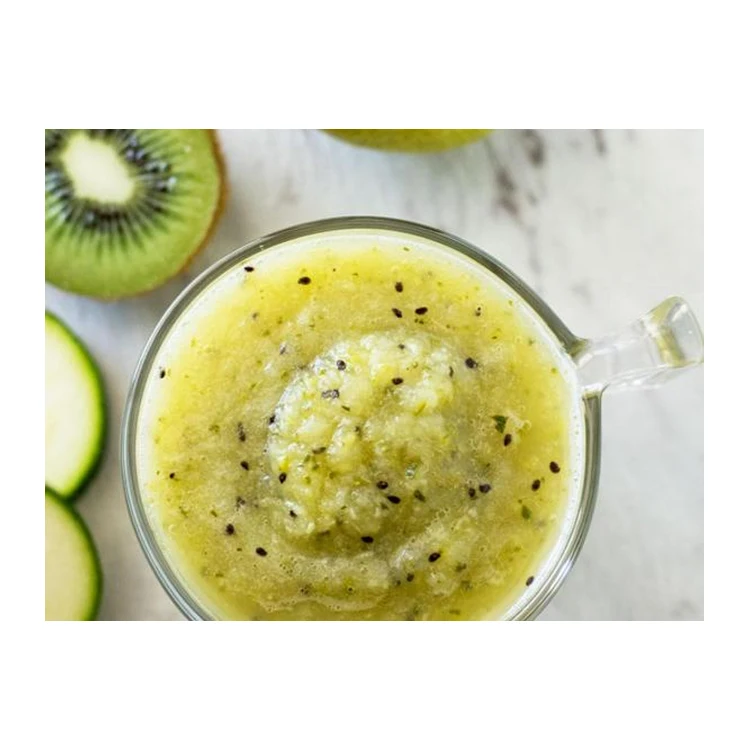Introducing table foods to baby
How to Transition Your Baby to Table Foods Easily and Safely
Learn when babies start eating table foods and how to transition them to eating table and finger foods. With this plan from an occupational therapist, you’ll feel confident you’re doing it safely!
As an occupational therapist that specializes in feeding, I often get asked how to transition a baby or toddler onto table foods. These questions usually come from parents that are struggling through the process with a baby (under 12 months old) or from parents that now have toddlers and are still stuck on pureed baby foods.
This post will help you no matter which situation you find yourself in!
Keep in mind that for babies and toddlers that won’t eat finger or table foods, the approach may need to be tweaked and adjusted specifically for your child based on the underlying cause. Difficulty with transitioning to table foods is *sometimes* a red flag for sensory sensitivity, oral motor delays, or some underlying medical diagnosis like reflux.
You can read more about those causes, and what to do about them in Why Kids Don’t Eat.
Because I want to give you a complete step by step plan, this post is part 1 of 2, in it you’ll learn when and how to start introducing table foods to your baby.
In part 2 of transitioning babies to table foods, you’ll learn how to fully get your baby eating table foods without needing baby food any longer. As well as some helpful examples of a baby and toddler’s feeding schedule once they’re eating table foods. Lastly, you’ll find out what to do if your baby won’t eat table or finger foods.
You Need Patience for Transitioning from Baby Food to Table Food
As a mom, each time I had to transition my boys onto table foods, I was frustrated and overwhelmed even though I’m a feeding therapist that had helped many families through it before. It’s different when you’re the mom living it day in and day out.
Experiencing that as a mom showed me how challenging it can be.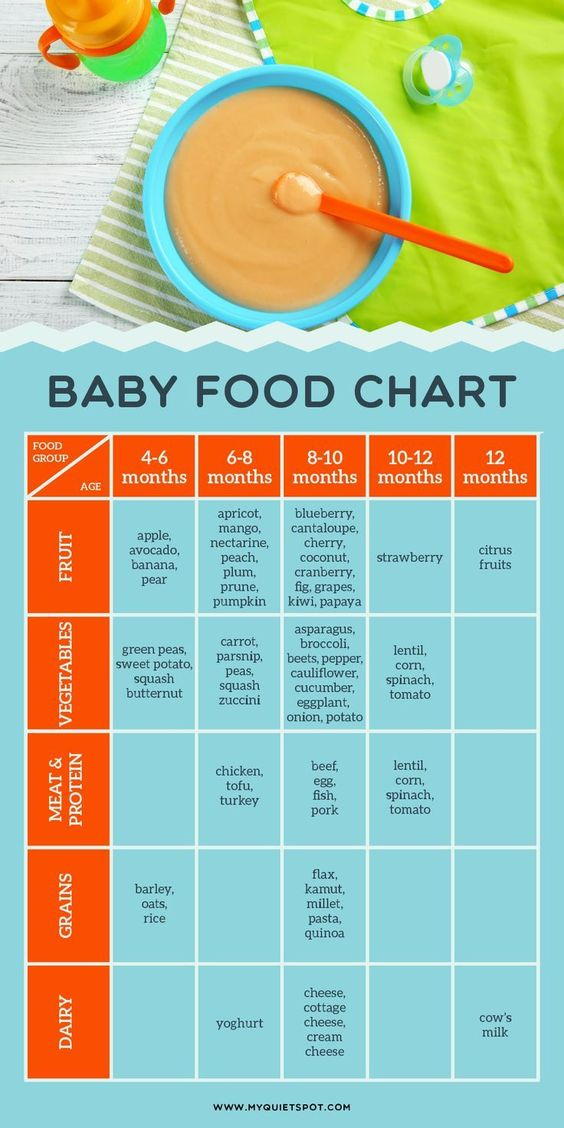 The little baby food routine you had starts to shift, as they are also beginning to wean from breast or bottle and learn to drink from some type of cup (ideally a straw cup).
The little baby food routine you had starts to shift, as they are also beginning to wean from breast or bottle and learn to drink from some type of cup (ideally a straw cup).
As parents, we worry, “Are they eating enough?”
With jarred food, you can know exactly how much they’ve eaten, but it gets a little blurry when half of the diced up food you give them is on the floor. It’s tempting to stop serving table foods and to focus baby food because you know how much they’re eating – but there’s a problem with that as you’ll learn shortly.
This process does require some patience because your baby is learning a new skill, something I had to remind myself of quite often.
My best advice as a mom and OT is to take heart and know it’s all part of the process. Remember that until 1 year of age, their milk source (breast milk or formula) is their main source of nutrition.
This is why people say, “food before one is just for fun.”
We want to teach our babies how to eat table and finger foods so they have the skill, but not get stuck on how much they are actually eating. This is an exciting time, and it’s absolutely adorable when your chubby little baby is gnawing on a bread stick or getting puffs stuck on their face!
This is an exciting time, and it’s absolutely adorable when your chubby little baby is gnawing on a bread stick or getting puffs stuck on their face!
Now that you’re in the right frame of mind, let’s dive into the details of when and how to introduce table foods to your baby!
When Do Babies Start Eating Table Food?
Generally speaking, a good time to start introducing table foods for most babies is around 8-9 months. However, it may be later for your child, especially if they were a preemie. You will know they aren’t quite ready if they refuse, gag, or cough a lot when you try. That’s okay, don’t be discouraged, this just means you will need to take it slower and consistently offer safe foods they won’t choke on.
If you’re nervous about how to handle gagging or your baby is gagging a lot on foods, head to Everything You Need to Know About Baby Gagging.
For other babies, they may start eating table foods even earlier, sometimes at 7 months. As a feeding therapist, I can’t recommend starting too much earlier, but of course, it is your choice if you feel they are ready. It is likely that they will be mostly swallowing (not chewing) most of the food though.
As a feeding therapist, I can’t recommend starting too much earlier, but of course, it is your choice if you feel they are ready. It is likely that they will be mostly swallowing (not chewing) most of the food though.
If you’re thinking about baby led weaning, check out my pros and cons of BLW.
One critical word of caution is to NOT wait too long to start transitioning to table foods. Babies will instinctively chew from 7-8 months to around 11 months old, which means the transition will come easier. Check out this Weekly Meal Plan of Table Foods For Your Baby or Toddler to help give you ideas.
Waiting past 10 months, unless your child has developmental delays, a diagnosis, swallowing difficulties, or was born prematurely, can make transitioning to table foods even harder when they’re a toddler. See this chart as a quick reference:
Affiliate links used below. See our full disclaimer
Step #1: Transitioning to Table foods
Some signs your baby is ready for this transition are:
- Looking at or grabbing your food
- Making a chewing motion with their mouth when they watch you eat
- Picking up small objects
- Are 8-9 months old.
 See 9 Month Old Baby Food + Table Food Ideas.
See 9 Month Old Baby Food + Table Food Ideas.
Remember, you want to start this by 10 months even if you aren’t seeing some of these signs, as long as they don’t have any of the reasons listed in the previous section to delay the start of table foods.
A week or two before you begin to introduce solids, start to thicken their baby food. Thicker foods require more movement of the tongue and muscles in the mouth, which helps lay a good foundation for moving a solid piece of food around in their mouth.
If you’re making your own baby food (get the DIY here), then add less water or liquid when pureeing. Use stage 2 baby food if you’re buying premade baby food.
Beware that some stage 3 type foods are great because they are thicker, but many of the jarred varieties have whole pieces of food mixed in with the puree, don’t go there – yet. That is putting the cart before the horse. For now, it’s crucial to stick with smooth purees, gradually increasing their thickness, as your baby tolerates it. NO CHUNKS.
NO CHUNKS.
The mixed in chunks can cause gagging and a negative experience. It’s actually harder for babies to eat than table foods. Babies that eat chunks in their baby food well are just swallowing it all without chewing.
I’d also recommend increasing the thickness of store bought baby food by adding cereal (this is one of my favorites) or freshly pureed foods into jarred baby foods.
Step #2: Eating Table Foods to Teach Your Baby
Once you start thickening their baby food, it would also be great to start eating at the same time you feed your baby, if you aren’t already. Your baby will watch what you do and learn a lot from it.
When you see that you have their attention, begin to dramatically chew for them, even with your mouth open. Show them how you put a small piece of food into your mouth using your hand. It may take finding the right moment to get their attention, but this will help pique their interest in table foods, as well as teach them what they should do when you hold that piece of food up to them for the first time.
The Best First Table Food for Babies
Before we move on, you need to know what table food to offer your baby. A great place to start, and the best choice for a lot of babies first table food is a meltable puff. I’ve used Gerber puffs many times, but there are so many brands, just test whatever type of puff you buy by letting it sit in your mouth and seeing how quickly it dissolves.
The dissolving factor is important because if your baby doesn’t chew the puff, it will dissolve in their saliva.
Puffs are perfect because they are hard and crunchy initially, which helps babies realize there is something in their mouth. That crunchy texture also helps them find it and maneuver it around in their mouth.
It may seem to make sense to start with a soft table food like eggs or banana. Not bad logic, but because those foods are so soft, babies have a hard time feeling exactly where it is in their mouth. For some babies, this means they will refuse table foods and for others, it means they aren’t chewing and just swallowing.
The wonderful thing about puffs is that they dissolve in saliva in just a few seconds. So, if your baby doesn’t chew while they are learning to eat and they swallow, they aren’t going to choke on it. That is peace of mind.
Puffs are also great because they can be broken into really small pieces for those first attempts, if needed. And, babies can pick them up easily! Read more in when can babies eat cheerios and puffs? (Cheerios are much later, they don’t dissolve)
Step #3: Introducing Table Foods to Your Baby
The very first time you give your baby an actual table food, you’ll want to try and pick a time with little distractions and that you can give them your full attention.
Make sure they are seated in their high chair because this keeps them in a safe position and will help prevent choking. Read about how to make sure your baby is seated safely for eating.
Place the table food on their tray and allow them to touch and explore it for a few minutes. Some babies will pick it up and put it right into their mouth, depending on their age. While that is certainly ideal, your baby may may need some more help.
Some babies will pick it up and put it right into their mouth, depending on their age. While that is certainly ideal, your baby may may need some more help.
If they aren’t putting the table food into their mouth, demonstrate picking it up and putting it into your mouth. Then, pick up a piece and put it into their mouth, right where their molars will be. Or, if they’re holding the food, gently guide their hand towards their mouth for them as you smile reassuringly.
If they munch up and down and swallow, you can offer more bites.
However, on the first attempt, some babies cough or gag. Other babies will spit it out. Be encouraging, peaceful (they will sense your stress, fake it if you have to), and know when to call it quits. Often, it may take a few meals over a few days before babies get the hang of it.
If your baby turns their head or pushes your arm away when you try to put the food in their mouth, then respect that and don’t force it. They may need some more exploration with the food first.
Step #4: Transitioning Baby to Table Foods
Continue to offer puffs for a few days to a week at every meal alongside their pureed food, until you can see them munching up and down with their jaw most of the time.
Ideally, they should be feeding themselves the puffs, too, but don’t let that be a deal breaker on moving forward. You can help them put the puffs in their mouth as long as they’re willingly opening their mouth. Find baby feeding schedules for 8, 9, and 10 month olds here and 11-14 months here.
Once your baby is enjoying puffs, you’ll want to try small pieces of other foods that dissolve really quickly. Some examples are: Town House Crackers (not Ritz, this texture actually requires more chewing), Graham Crackers, Teething Wafers, Baby Cheese Puffs, rice husks, and other stage 1 table foods you find in the baby aisle at the grocery store.
If you aren’t sure if a finger food is safe, do a taste test yourself. How quickly does it dissolve compared to a puff? How much do you need to chew it?
Step #5: Transitioning from Baby Food to Table Food
As your child eats a variety of crunchy but melt-able foods well, then you can start with soft foods like bananas, noodles, cheese, breads, and overly cooked veggies in a cube shape.
You can also try these cubed “jellies” or little frittatas, that are perfect for this stage too. It may take a few days or weeks before you’re ready to move onto these soft foods.
When your baby is eating several cracker like foods and several soft foods, you can pull back from giving as much baby food and perhaps skip the baby food at some meals. As they eat more and more of the table foods, you’ll serve less and less baby food, skipping it more and more until you no longer need it.
To learn more about helping your baby or toddler transition to table foods completely, while avoiding some common pitfalls, grab a free seat in my online workshop (I’ll email you the link of where to watch) by click below:
Click here to get a free seat in my 5 Big Feeding Mistakes that are Stopping Your Child from Learning to Eat Table Foods
Important Tips for Transitioning Baby to Table Foods Easily
- Once you begin introducing table foods, offer one table food at each meal.
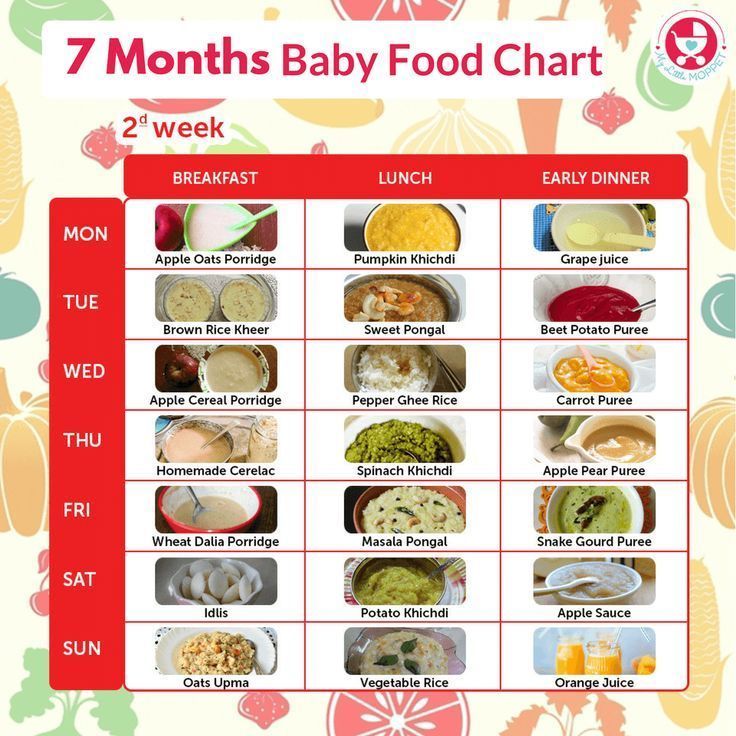 Then, slowly increase the variety of foods they are eating as they are managing more foods.
Then, slowly increase the variety of foods they are eating as they are managing more foods.
- Continue to steadily increase the thickness of baby foods as you progress with table foods. If you aren’t making your own baby foods, try pureeing what you are eating for dinner or mix this into the jarred baby food. This will help get your child used to more textures and tastes. I love using a magic bullet for this!
- Carefully monitor all new foods. Some coughing and an occasional gag is normal. If you are seeing this frequently, the texture you are giving them may be too difficult for them. Wait a week or so before introducing it again and then proceed slowly. Discuss persistent gagging and choking with your doctor.
Keep reading about transitioning your baby or toddler to table foods in Part 2 of this series.
If you need more inspiration for table foods, check out my Mega List of Table Food Ideas and Pinterest for more ideas.
Free Printable: Learn How to Eat Table Foods Cheat Sheet!!
Want to have all these steps in your hands so you can reference them in a heartbeat? We’ve got you covered you’ll find all the steps for transitioning your baby or toddler to table foods in this handy free printable:
Click here to get the free Learn How to Eat Table Foods Cheat Sheet
More on Transitioning Baby to Table Foods from Your Kid’s Table
The Ultimate List of Baby/Toddler Meal Ideas
The Best High Calorie Foods for Babies
Getting Picky Eaters to Eat New Foods
A Weekly Meal Plan of Table Foods For Your Baby or Toddler: So You Can Save Your Sanity
Alisha Grogan is a licensed occupational therapist and founder of Your Kid’s Table. She has over 18 years experience with expertise in sensory processing and feeding development in babies, toddlers, and children. Alisha also has 3 boys of her own at home. Learn more about her here.
Learn more about her here.
When, What, and How to Introduce Solid Foods | Nutrition
For more information about how to know if your baby is ready to starting eating foods, what first foods to offer, and what to expect, watch these videos from 1,000 Days.
The Dietary Guidelines for Americans and the American Academy of Pediatrics recommend children be introduced to foods other than breast milk or infant formula when they are about 6 months old. Introducing foods before 4 months old is not recommended. Every child is different. How do you know if your child is ready for foods other than breast milk or infant formula? You can look for these signs that your child is developmentally ready.
Your child:
- Sits up alone or with support.
- Is able to control head and neck.
- Opens the mouth when food is offered.
- Swallows food rather than pushes it back out onto the chin.
- Brings objects to the mouth.
- Tries to grasp small objects, such as toys or food.
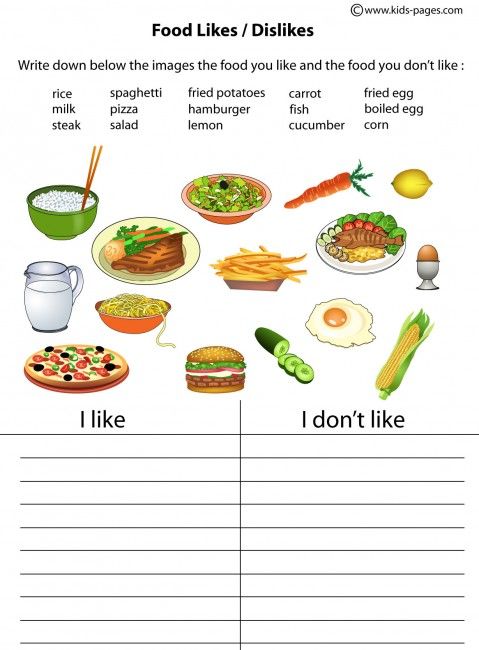
- Transfers food from the front to the back of the tongue to swallow.
What Foods Should I Introduce to My Child First?
The American Academy of Pediatrics says that for most children, you do not need to give foods in a certain order. Your child can begin eating solid foods at about 6 months old. By the time he or she is 7 or 8 months old, your child can eat a variety of foods from different food groups. These foods include infant cereals, meat or other proteins, fruits, vegetables, grains, yogurts and cheeses, and more.
If your child is eating infant cereals, it is important to offer a variety of fortifiedalert icon infant cereals such as oat, barley, and multi-grain instead of only rice cereal. Only providing infant rice cereal is not recommended by the Food and Drug Administration because there is a risk for children to be exposed to arsenic. Visit the U.S. Food & Drug Administrationexternal icon to learn more.
How Should I Introduce My Child to Foods?
Your child needs certain vitamins and minerals to grow healthy and strong.
Now that your child is starting to eat food, be sure to choose foods that give your child all the vitamins and minerals they need.
Click here to learn more about some of these vitamins & minerals.
Let your child try one single-ingredient food at a time at first. This helps you see if your child has any problems with that food, such as food allergies. Wait 3 to 5 days between each new food. Before you know it, your child will be on his or her way to eating and enjoying lots of new foods.
Introduce potentially allergenic foods when other foods are introduced.
Potentially allergenic foods include cow’s milk products, eggs, fish, shellfish, tree nuts, peanuts, wheat, soy, and sesame. Drinking cow’s milk or fortified soy beverages is not recommended until your child is older than 12 months, but other cow’s milk products, such as yogurt, can be introduced before 12 months. If your child has severe eczema and/or egg allergy, talk with your child’s doctor or nurse about when and how to safely introduce foods with peanuts.
How Should I Prepare Food for My Child to Eat?
At first, it’s easier for your child to eat foods that are mashed, pureed, or strained and very smooth in texture. It can take time for your child to adjust to new food textures. Your child might cough, gag, or spit up. As your baby’s oral skills develop, thicker and lumpier foods can be introduced.
Some foods are potential choking hazards, so it is important to feed your child foods that are the right texture for his or her development. To help prevent choking, prepare foods that can be easily dissolved with saliva and do not require chewing. Feed small portions and encourage your baby to eat slowly. Always watch your child while he or she is eating.
Here are some tips for preparing foods:
- Mix cereals and mashed cooked grains with breast milk, formula, or water to make it smooth and easy for your baby to swallow.
- Mash or puree vegetables, fruits and other foods until they are smooth.
- Hard fruits and vegetables, like apples and carrots, usually need to be cooked so they can be easily mashed or pureed.
- Cook food until it is soft enough to easily mash with a fork.
- Remove all fat, skin, and bones from poultry, meat, and fish, before cooking.
- Remove seeds and hard pits from fruit, and then cut the fruit into small pieces.
- Cut soft food into small pieces or thin slices.
- Cut cylindrical foods like hot dogs, sausage and string cheese into short thin strips instead of round pieces that could get stuck in the airway.
- Cut small spherical foods like grapes, cherries, berries and tomatoes into small pieces.
- Cook and finely grind or mash whole-grain kernels of wheat, barley, rice, and other grains.
Learn more about potential choking hazards and how to prevent your child from choking.
Top of Page
We introduce preschoolers to professions | Interactive education
Child's love for working people -
source of human morality.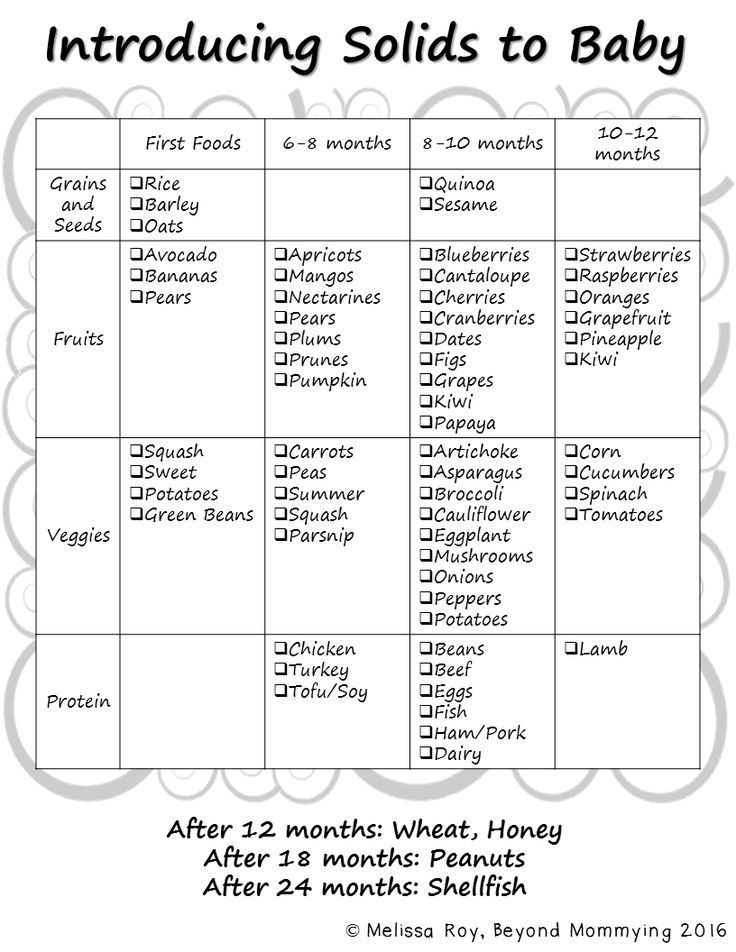
V. A. Sukhomlinsky
One of the tasks of the social and communicative development of preschoolers in the framework of the implementation of the Federal State Educational Standard is the formation of a positive attitude of the child to various types of human labor activity. Acquaintance with the professions of adults helps children understand the value of work, allows them to be proud of the results of the work of their close relatives and people in general. Experiencing the influence of the results of the labor activity of adults on themselves, children practically learn its significance, because preschoolers everywhere: in kindergarten, in the family, in the public environment, face the work of adults.
Recently, a lot of professions have appeared, the content of which is difficult to explain not only to preschoolers, but also to younger students. There are rare professions that children, due to their little life experience, have not yet encountered (jeweler, glassblower, chimney sweep, snake-catcher, etc. ). Many children, even having visited their parents at work, can hardly explain the essence of their professional activities. Therefore, when introducing the pupils of our group with professions, we use a certain algorithm: the name of the profession, place of work, material for labor, uniforms, tools, labor actions, personal qualities, the result of labor, benefit to society.
). Many children, even having visited their parents at work, can hardly explain the essence of their professional activities. Therefore, when introducing the pupils of our group with professions, we use a certain algorithm: the name of the profession, place of work, material for labor, uniforms, tools, labor actions, personal qualities, the result of labor, benefit to society.
One of the successful methods of familiarizing preschoolers with professions is the project method, as it allows children to learn complex material through a joint search for a problem, making the cognitive process interesting and motivational.
Also in our work we use other methods of familiarizing children with the work of adults:
1. The main type of children's activity is play. Games provide an opportunity to systematize knowledge about the objects of labor, labor actions, teach communication and expand vocabulary.
2. Observation of the labor activity of not only kindergarten employees, but also employees who work outside the territory: drivers of various equipment, repairmen, loaders, etc.
3. Excursions around the territory of the kindergarten (with younger preschoolers) and outside the territory: with older preschoolers we go to the library, to the post office, to the pet store. And on weekends we organize educational trips with parents to get acquainted with other interesting and unfamiliar professions. We visited the "Children's City of Professions", a fire station, a stable, museums, theaters and cinemas, an ice cream mini-factory, etc. In our work we also use “virtual excursions”, which require only a computer and a screen. This form allows you to visit the most unusual places that you really can’t visit.
4. Conversations with children, during which we form a positive attitude towards people of various professions.
5. Master classes "Meeting interesting people" from parents, teachers, during which they talk about their professional activities in a language accessible to children.
6. Holding holidays and entertainment also helps children to get acquainted with various types of adult activities: Cosmonautics Day, Defender of the Fatherland Day, Theater Week, etc.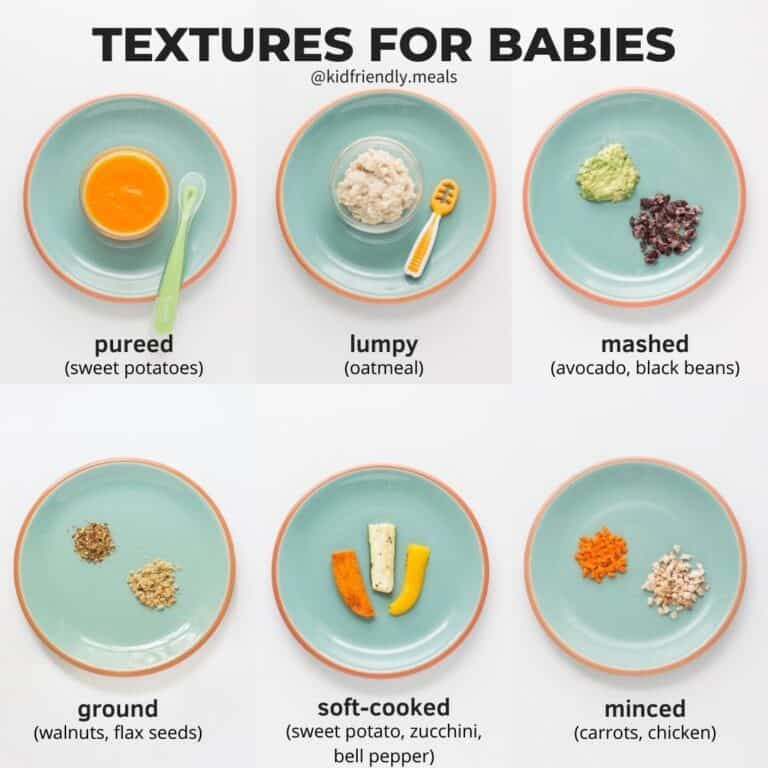
A big role in this issue belongs to the family, where adults can talk about themselves, their work, read literature, watch photos and videos.
We take part in competitions of author's teaching aids. With the plot-role-playing games "Children's Cafe" and "Bank" developed by us, we became Winners and Laureates of the regional stages of city competitions. During the competition, we offered our colleagues approximate versions of these games, the algorithm of the characters' actions, and attributes.
As a result of joint work with children and parents, our pupils began to take an active interest in the professions of their relatives and friends, to name the professional qualities that people of different professions need.
We offer you approximate versions of author's games:
"Cafe"
Game tasks: To expand children's knowledge about the work of a public catering point. Arouse interest in the professions of cafe workers. Cultivate a sensitive attentive attitude, responsiveness to other people. To form the skills of a culture of behavior in public places.
Arouse interest in the professions of cafe workers. Cultivate a sensitive attentive attitude, responsiveness to other people. To form the skills of a culture of behavior in public places.
Summary of the game. A new cafe has opened. The family goes to it to celebrate a birthday, where they make orders for cooking. Several children play the roles of cafe workers. Visitors make an order based on the available menu, naming food products. They make their order to the waiter, who remembers or writes down the composition of the dishes and conveys the wishes to the chef. The pastry chef selects the ingredients, prepares and decorates the dishes. The waiter brings the order, the family checks the correctness of the prepared dishes. They congratulate the “Birthday Boy”, sing a song, recite poems, give gifts prepared with their own hands, say wishes, etc. The waiter takes the dishes to the sink, where the washer puts them in order. Children can be invited to decorate the table with beautiful tablecloths and holiday attributes (balloons, flowers, postcards), etc.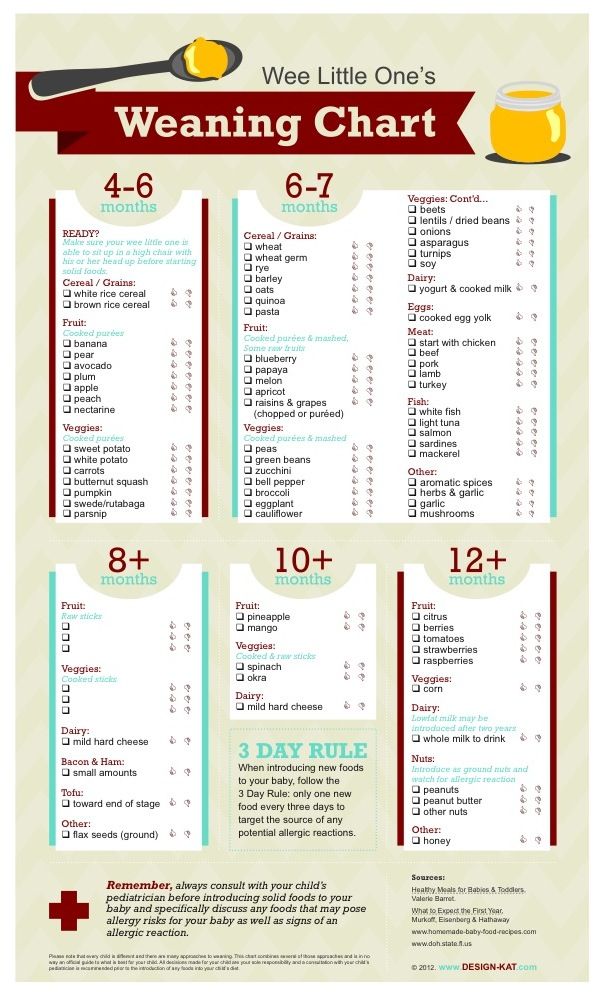
"Working canteen"
Game tasks: To expand children's ideas about the work of canteen workers. To develop interest and respect for the profession of a cook. Familiarity with the rules of conduct in public places.
Summary of the game. There are tables and chairs for visitors in the dining room. Drivers, salesmen, builders and other workers are fed in the canteen. There are cozy tablecloths and vases on the tables. Visitors choose their favorite dishes in the window, pay at the cashier, the cashier issues a check. Visitors dine neatly and slowly, thank the canteen workers and go to their work.
"School canteen"
Game tasks: To expand children's knowledge about the school canteen. Contribute to the formation of the ability to expand and creatively develop the plots of the game. Cultivate friendly and respectful relationships. Familiarize yourself with the rules of conduct in public places.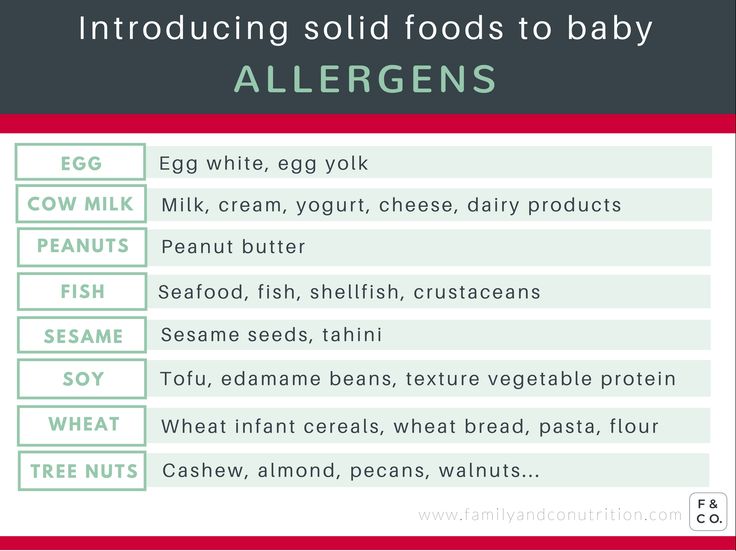
Summary of the game. Pupils and teachers come to the school cafeteria during recess. They line up at the counter and choose dishes as they go. At the checkout, they pay off with the cashier and go to the table for dinner. After eating, visitors to the dining room take their empty plates to the sink. In the dining room you can celebrate a school holiday with creative numbers.
Sample menu:
Breakfast: “Boiled sausage”, “Sandwich with sausage and cheese”, “Scrambled eggs with sausage”.
Main dishes: Fish with vegetables, Pizza with vegetables, Pizza with sausage, Fish with pineapple, Meat with vegetables, Vegetable salad, Vegetable plate.
Dessert: Cakes, Cake, Fruit plate, Ice cream.
Drinks: Tea, Milk, Juice, Water.
Character action algorithm:
Dishwasher: Put on an apron. Free dishes from food debris, wash dishes. Put in closet.
Free dishes from food debris, wash dishes. Put in closet.
Pastry chef: Put on a cap and apron. Receive an order from the waiter, prepare the ordered dishes in accordance with the technological card, give the dish to the waiter.
Seller: Put on a uniform, prepare the cash register for work. Receive money from a waiter or cafe visitor and issue a check.
Waiter: Wear a uniform. To seat cafe visitors at a table, take an order, pass it to the pastry chef, check the correctness of the cooked dish, take it to the visitor, check the visitor, bring him a check, say goodbye.
Café visitor: Choose your favorite dishes from the menu. Chat with each other while waiting for the order. "Eat" the food brought. Call the waiter and pay.
A nutritionist spoke about the formation of proper eating habits in children - Teacher's newspaper
Proper nutrition is the key not only to good health, but also to intelligence.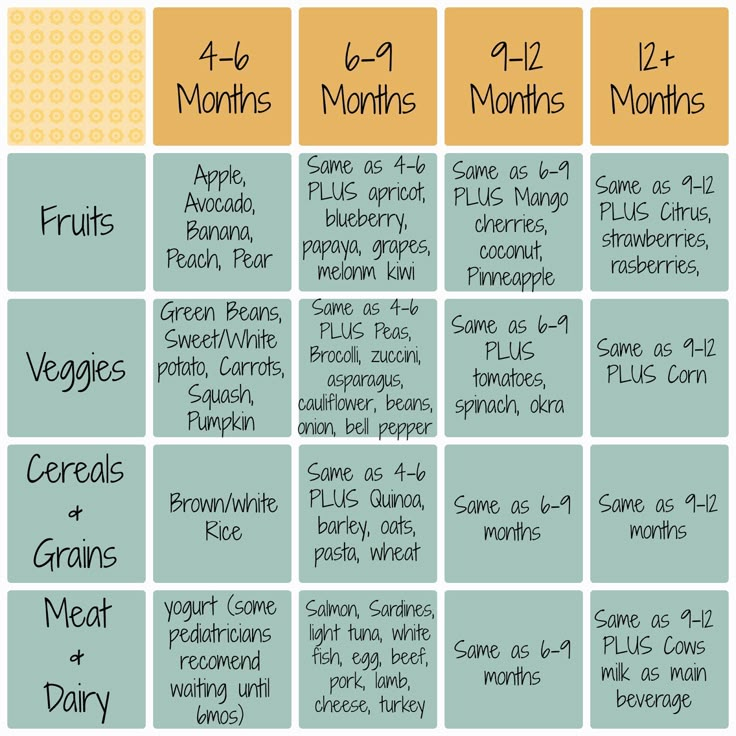 Ekaterina Timina, a nutrition specialist, told the Teacher's Newspaper how to painlessly instill high-quality eating habits in children.
Ekaterina Timina, a nutrition specialist, told the Teacher's Newspaper how to painlessly instill high-quality eating habits in children.
Doctors believe that good nutrition can balance a child's energy, improve reaction time, help maintain a healthy weight and form active growth. A healthy diet is when the diet is properly balanced in proteins, fats and carbohydrates. A healthy diet can help prevent certain types of allergies and chronic diseases. Eating habits are formed in the family, so it is important for parents themselves to maintain the correct gastronomic traditions, to refuse harmful dishes and products.
Dietitian Ekaterina Timina shared her opinion on the diet for children and told what "wrong eating behavior" is, which is often talked about now.
– The main principle of children's nutrition, in my opinion, is a varied diet. It is important that the child eats different foods with pleasure, and does not give preference to one thing. Well, of course, this diversity should be in simple products: such as vegetables, fruits, cereals, vegetable and animal proteins, fats. When choosing products, first of all, you should pay attention to the composition, if these are some ready-made options (cottage cheese, yogurt, snacks, cereals, etc.).
Well, of course, this diversity should be in simple products: such as vegetables, fruits, cereals, vegetable and animal proteins, fats. When choosing products, first of all, you should pay attention to the composition, if these are some ready-made options (cottage cheese, yogurt, snacks, cereals, etc.).
About right and wrong eating behavior
Wrong eating behavior is when a child is fed to cartoons, explaining that “otherwise he won't eat”, when he is forced to eat something against his will. Wrong eating behavior is also when a child, for example, eats only pasta with sausage and is limited only to this. Normal eating behavior is when a child eats if he is hungry, and in his weekly diet there are about 30 different foods. If he is full, then he calmly does not finish the whole plate, and no one forces him to “finish it for mom, dad”.
Photo: pixabay.comGetting Started
Complementary foods are how we introduce food to our baby. During this period, the basis of the diet will be breast milk or formula. Already in infancy, a child learns to interact with food, to try new things, to study taste. In my opinion, this is an important time when eating habits are already being laid. The main principles of nutrition of my own children: protein in every meal; “do not bite”, but eat fully; I always give vegetables, explaining in every possible way that they need to be eaten; I try to diversify my diet. At any age in the diet for a child are important: fiber, protein foods, complex carbohydrates and fats. And a very small part falls on simple carbohydrates from "sweets".
Already in infancy, a child learns to interact with food, to try new things, to study taste. In my opinion, this is an important time when eating habits are already being laid. The main principles of nutrition of my own children: protein in every meal; “do not bite”, but eat fully; I always give vegetables, explaining in every possible way that they need to be eaten; I try to diversify my diet. At any age in the diet for a child are important: fiber, protein foods, complex carbohydrates and fats. And a very small part falls on simple carbohydrates from "sweets".
How to eat properly for adults and children
It is useful for both adults and children to eat fractional meals (5-6 times a day), with breaks of no more than 4 hours. Eat in small portions. The last meal is 2-3 hours before bedtime. It is best to eat freshly prepared food. 3 main meals per day are recommended: breakfast, lunch and dinner, plus 2 more snacks.
The ratio in the diet of proteins, fats and carbohydrates (for a healthy body) - 15:30:55. Protein foods are best consumed for breakfast and lunch, carbohydrates (mostly vegetables) in the evening. Salt and sugar are best consumed in a minimal amount. Spicy, fried and foods with preservatives should be kept to a minimum. It is recommended to cook food for a couple, or boil, bake in the oven or on the grill.
Protein foods are best consumed for breakfast and lunch, carbohydrates (mostly vegetables) in the evening. Salt and sugar are best consumed in a minimal amount. Spicy, fried and foods with preservatives should be kept to a minimum. It is recommended to cook food for a couple, or boil, bake in the oven or on the grill.
Calorie intake
Approximate daily calorie intake for a healthy person depends on age and gender: for a child from 1 to 2 years old - 1200 kcal, from 2 to 3 years old - 1400 kcal. Up to 1800 kcal - for a child 3-7 years old, 2300-2500 - for adolescents 11-14 years old, 2500-2900 - aged 14 to 18 years.
Don't forget to drink water too. Per day, children from 1 to 3 years old are recommended to consume 1100-1200 ml of liquid, from 4 to 8 years old - 1600 ml, at 9-13 years old - 1900-2100 ml, and for adolescents 14-18 years old - 2000-2500 ml. You can account for all liquids per day, including soups, teas, juices, etc.
Photo: wirestock, ru.freepik. com
com Is it sometimes “harmful”
Of course, sometimes you need to make exceptions in nutrition, because we are not robots (let alone children!). I allow my daughter to try something harmful, for example, at children's parties, where everyone usually eats pizza, burgers, etc. So my daughter recently tried french fries.
Holiday food is a different story. I'm not opposed to the child trying new dishes, but again, in the aisles of reason, so that it does not turn out that at the buffet the children eat only pancakes and pizza nuggets!
Children shouldn't eat everything every day, especially if you take into account all kinds of fast food, chips, crackers, soda... For a child's body, this is too much and unnecessary burden. Of course, I don’t want my daughter to have the “forbidden fruit is sweet” rule work, so I just talk about the composition of the products, together we think about some alternative options instead of harmful dishes, etc. Sometimes we manage to agree, and sometimes not.